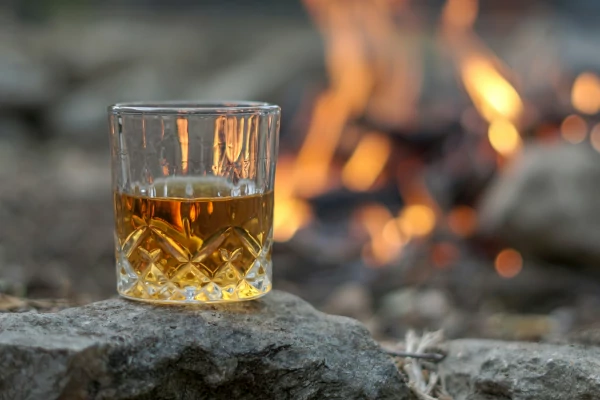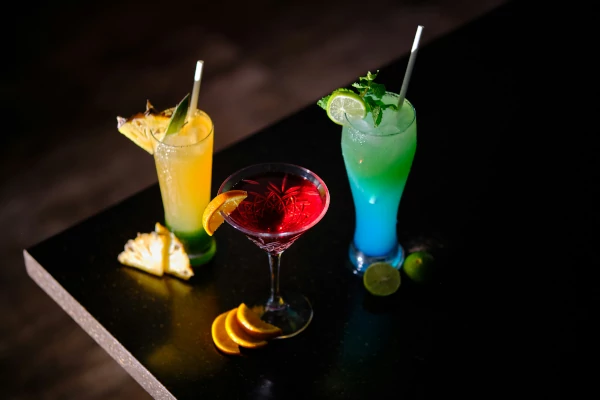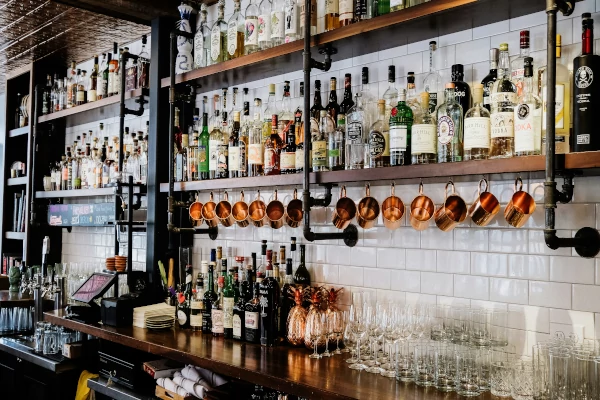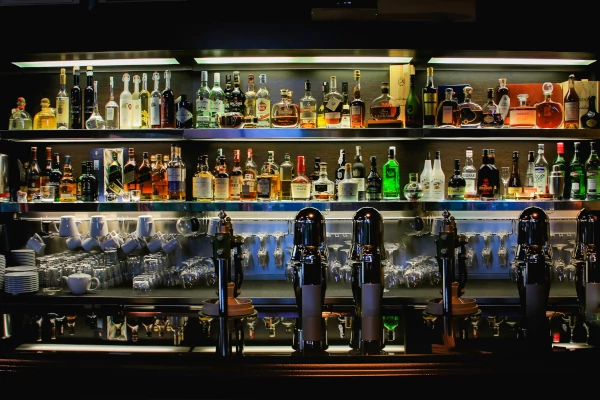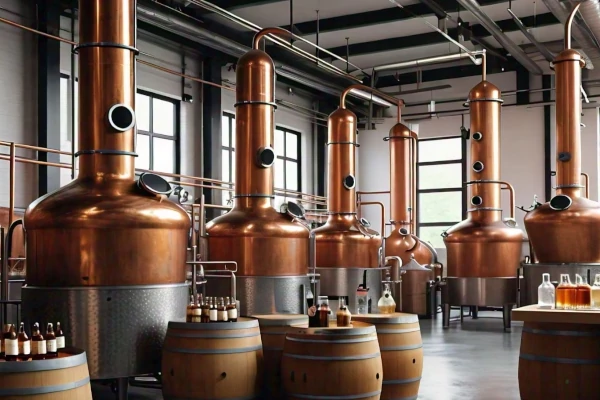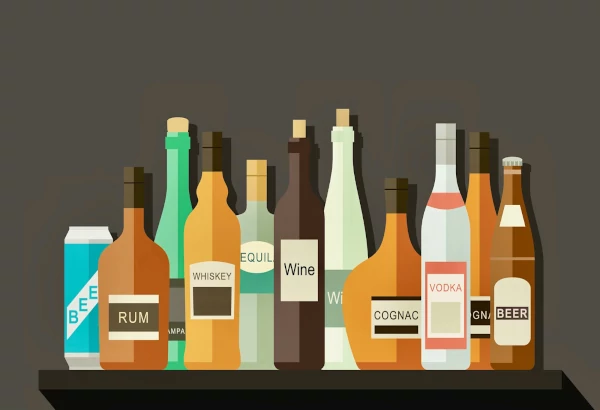The Influence of Climate on Rum Production: How Different Climates Shape the Spirit’s Flavor
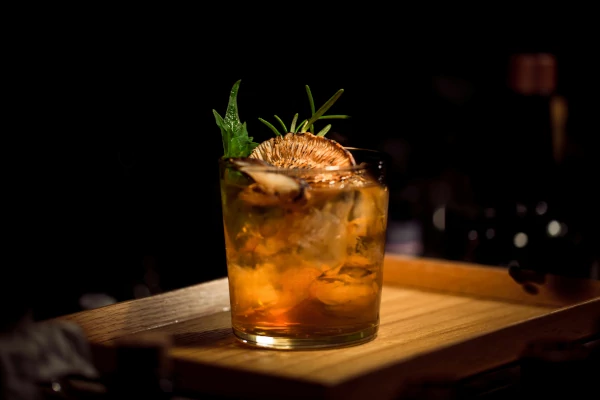
Climate plays a crucial role in rum production, with tropical heat accelerating aging and intensifying flavors, while temperate conditions slow aging for subtler, more nuanced profiles. Understanding these climatic influences can enhance your appreciation of rum’s diverse characteristics.
Rum, a spirit with a rich history and diverse range of flavors, is profoundly influenced by the climate in which it is produced and aged. From the sun-soaked Caribbean islands to the cooler, temperate regions of Europe, the climate plays a pivotal role in shaping the character of rum. In this blog post, we’ll explore how different climatic conditions affect the aging process and flavor profiles of rum, and why understanding these factors can enhance your appreciation of this beloved spirit.
It is advisable to have alcohol/liquor drinking license in Maharashtra. You can apply online for alcohol/liquor drinking liquor license here : Click Here to Apply Now
1. The Basics of Rum Production and Aging
Before diving into the impact of climate, it's helpful to understand the basics of rum production. Rum is made from sugarcane byproducts—primarily molasses or sugarcane juice—that are fermented and then distilled. The resulting spirit is then aged in barrels, which greatly influences its final flavor.
Aging is where climate makes its mark. The interaction between the rum and the barrel, coupled with the environmental conditions, determines the final taste, color, and aroma of the spirit.
2. Tropical Climates: Intense Aging and Bold Flavors
In tropical regions, such as the Caribbean, Central America, and parts of South Asia, the climate is characterized by high temperatures and humidity. These conditions create a unique environment for rum aging.
a. Temperature and Aging Speed: High temperatures accelerate the aging process. Rum in tropical climates matures faster than in cooler environments. The heat causes the spirit to expand and contract within the barrel more frequently, enhancing the interaction between the rum and the wood. This results in deeper, more intense flavors in a shorter time. Tropical rums often develop rich, bold flavors with pronounced notes of vanilla, caramel, and spice.
b. Humidity and Evaporation: High humidity also plays a role. In tropical climates, the evaporation rate of water is higher than that of alcohol. This means that as rum ages, it loses more water than alcohol, leading to higher-proof spirits with more concentrated flavors. This phenomenon, known as the “angel’s share,” contributes to the distinctive profiles of tropical rums.
c. Wood Interaction: The intense climate can also cause the barrel wood to undergo more pronounced changes. The constant expansion and contraction can extract more compounds from the wood, affecting the rum’s color and flavor. Tropical rums often exhibit stronger oak characteristics and a darker hue.
3. Temperate Climates: Slow Aging and Subtle Flavors
In contrast, temperate regions with cooler climates, such as parts of Europe and the southern United States, offer a different aging experience.
a. Temperature and Aging Speed: Cooler temperatures slow down the aging process. Rum aged in temperate climates tends to develop its flavors more slowly. The interaction between the spirit and the wood occurs at a more gradual pace, leading to subtler, more nuanced flavors. Temperate rums may have lighter, more delicate profiles with subtle notes of fruit, nuts, and spices.
b. Humidity and Evaporation: In cooler climates, the evaporation rate of alcohol is higher than that of water. This can result in a lower proof over time but can also lead to a more balanced flavor profile. The less aggressive aging process allows for a more gradual development of flavors, leading to a smoother, more refined spirit.
c. Wood Interaction: With slower aging, the interaction between the rum and the barrel is less intense. This can result in rums with less pronounced wood characteristics and a lighter color. The aging process allows for the development of complex flavors without overwhelming oak influences.
4. Unique Regional Characteristics
Different regions bring their own unique climate-related nuances to rum production:
a. Caribbean Rums: Known for their bold, tropical flavors with notes of banana, coconut, and spice. The high heat and humidity contribute to their rich, full-bodied profiles.
b. Hawaiian Rums: Often feature tropical fruit notes but with a more subdued intensity compared to Caribbean rums, due to the less extreme climate.
c. Scottish Rums: Produced in a temperate climate, these rums may exhibit more restrained and delicate flavors, with subtle hints of fruit and spice.
d. Jamaican Rums: Known for their robust, full-bodied profiles, often with heavy, earthy notes, influenced by the warm, humid climate of the island.
5. Conclusion: Embracing the Diversity of Rum
The influence of climate on rum production is a fascinating aspect of the spirit’s complexity. Whether you prefer the bold, intense flavors of a tropical rum or the subtle, refined notes of a temperate-aged spirit, understanding how climate impacts aging can enhance your appreciation of rum.
Next time you savor a glass of rum, consider the climate in which it was produced. Each sip tells a story of the environment and conditions that shaped its character, adding another layer to the rich tapestry of rum’s global heritage. Cheers to the diverse flavors and unique qualities that climate imparts to this beloved spirit!
How to get drinking liquor license : Click Here to Apply Now

